Barcode, QR Code, RFID, NFC, Bluetooth & GPS are the most common technologies that are used for Asset tracking. All of these technologies have their benefits and drawback. But which one is good for your business?
Let us discuss them all, one by one. But before that let us have a quick introduction and points to remember.
The barcode and QR code is quite similar. In fact, the QR code can be said an advance version of the barcode. RFID and NFC are also similar to each other. Both works on radio waves & signals. Let us start the discussion in detail now!
What is Barcode?
It is a data representation in code which is readable by machines & scanner. Barcode comes in a square shape with some parallel lines in black and white also right below them, there are few numbers written. It is used for asset tracking or inventory tracking.
The data can be read by smartphones too. Now barcodes come in 1- Dimensional and 2-Dimensional. 1-D is simple, it can store text data, product price and 2-D are complex compare to 1-D they can include information like price, quantity, image, etc.
What are the advantages & disadvantages of barcodes?
The advantages of the barcode are as follow:
- They are cost-effective
- Barcode is very accurate
- Barcode is a universal technology
- It is vastly used in Inventory Tracking
- It removes the possibility of human mistake or error
- They can be ready by barcode scanner from anywhere across the world
- Barcode is easy to use technology as you can see it on almost every product and item
The disadvantages of the barcode are as follow:
- It needs to be scanned in a straight line
- If the barcode is tempered there is no other way to scan the product
- Barcode only stores a small amount of data
- Barcode scanner needs to stay close to the product in order to scan the barcode
What is QR Code?
The full form of QR code is a quick response code. It's a 2-dimensional code that is in machine-readable form. Initially, QR code technology was manufactured to track cars but nowadays they are used everywhere. As the name suggests, a QR code responds quickly and much more data at a reasonable price.
That is why it is successful in all industries. From small stalls to big mega marts and malls. A QR code can store 200 times more character than a regular barcode. They are user-friendly and very simple to use.
What are the advantages & disadvantages of the QR Code?
The advantages of the QR Code are as follow:
- Scanning possible by smartphone
- Versatility; can encode almost all types of data e.g. numeric, alphabets, special and binary
- Extremely fast scanning
- QR code has good fault tolerance; if a part of the code is damaged, information can still be decoded from the code
- Stores large amount of information
The disadvantages of the QR Code are as follow:
- No real-time tracking
- Labour intensive
What is RFID?
RFID Stands for Radio Frequency-Identification. This technology works on a tag basis, on an item a tag is attached, and radio waves track the tag. RFID technology can be divided into 3 parts Reader, Antenna & Transponder.
The antenna conveys a radio-frequency signal furnishing a way for communication with the RFID tag. When the RFID tag goes through the frequency field of the scanning antenna; it identifies the activation signal and can store the data to be picked up by the antenna.
What are the advantages & disadvantages of RFID?
The advantages of RFID are as follow:
- RFID automatically collects data reducing human effort and error
- It does not need line to line, to read data information
- It increases efficiency as it can read multiple tags at the same time
- RFID can read data from long distance
- The password is encrypted & data is secured. Therefore, it provides great security
- RFID tags are reusable because they are covered with plastic
The disadvantages of RFID are as follow:
- The impact of the signal is vulnerable by material such as liquid and metal
- Sometimes it accidentally scans the data
- RFID tag cost is much higher than barcode as there is inbuilt chip inside the tag
- RFID implementation is time-consuming
What is NFC?
NFC stands for Near-field Communication. It is invented in 2002. However, we can say that NFC Technology lays under the umbrella of RFID technology. NFC does not need an internal power source and it can transmit data over little distance. They use this technology to make payment with just a tap!
Amazing it may seem but how it works anyway?
Well! It uses wireless data transmission from one phone to another. It uses one device to send information and another receives the signal. As an active NFC smartphone can send and receive information or data via NFC. Readers can read the tags in NFC posters and it does peer to peer for transferring the file and so on.
What are the advantages & disadvantages of NFC?
The advantages of NFC are as follow:
- Contactless & quick payment
- You can scan NFC tags with mobile devices
- Capable of two-way communication
- Communication is of low proximity, few centimetres
- Scan of one NFC tag at a time
- NFC is versatile
- Great user experience
- Very secured
The disadvantages of NFC are as follow:
- Small range only a few inches
- Difficult to embed
- Very costly compared to others
- NFC is still not an unpopular technology people are not aware of NFC technology.
What is BLE (Bluetooth Low Energy)?
It stands for Bluetooth low energy (BLE). It started in 2011, BLE exchanges small data at a regular interval of time. With the help of BLE, beacons, tags, receivers, or mobile devices, you can track & monitor assets outdoor as well as indoor.
It is less expensive than RFID. BLE preserves energy and it can run for a long time. BLE is not an updated version of Bluetooth, it is a new technology more focused on Internet of Things (IoT).
What are the advantages & disadvantages of BLE?
The advantages of Bluetooth are as follow:
- Low power consumption
- Useful for small size data transfer
- BLE devices are robust to operate
- BLE is cost-effective especially compared to RFID
- Almost every smartphone has pre-installed Bluetooth
The disadvantages of Bluetooth are as follow:
- Lacking popularity
- Low-speed data transfer
- BLE is designed for short-distance applications, therefore, the operation is limited
Also Read: Fixed Asset Tracking & Asset Management: Are They Both Same?
What is GPS?
GPS is mostly used in vehicles, but a new trend is that organizations are using it for keeping track of the employees. With the help of a GPS tracking device, you can track all your assets. GPS tracking assists you in monitoring the exact location.
What are the advantages & disadvantages of GPS?
The advantages of GPS are as follow:
- GPS tracking provides real-time tracking
- Decrease response times for improved customer service
- It provides security
- Easy to use the application on mobile
- Reduced downtime
- Get alerts on regular intervals
The disadvantages of GPS are as follow:
- Many people consider the act of tracking to be an invasion of privacy
- They are costly
- GPS Tracking can be used for wrong purposes
- GPS units may not work due to dead batteries just like other electronic devices
Barcode vs QR Code vs RFID vs NFC vs Bluetooth vs GPS

Conclusion
All of the above-mentioned asset tracking technologies have their own pros and cons. So, either you choose Barcode, RFID, BLE, GPS, or NFC technology it's important to understand what exactly your company requirements are. After that only you will be able to choose the best option for your business.


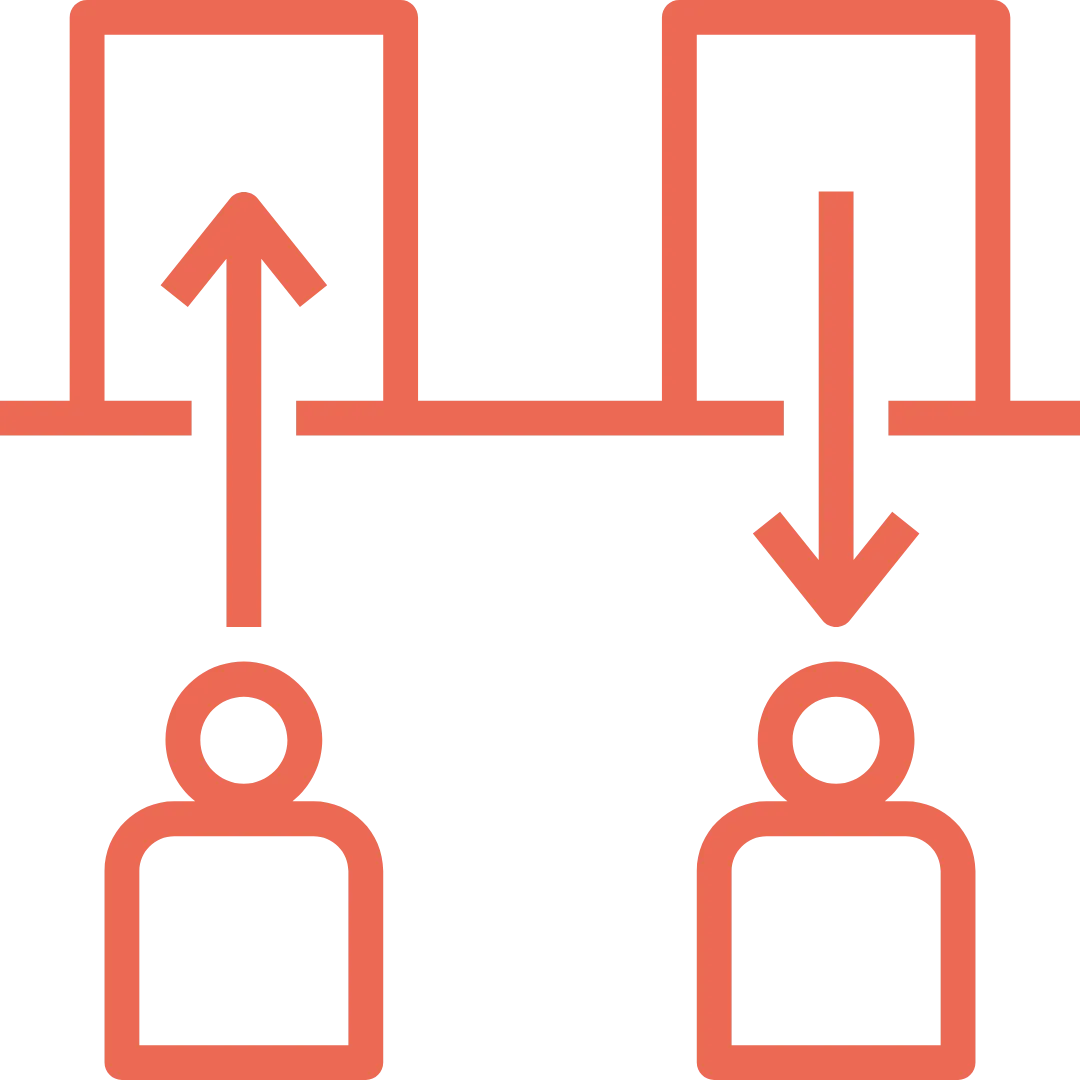
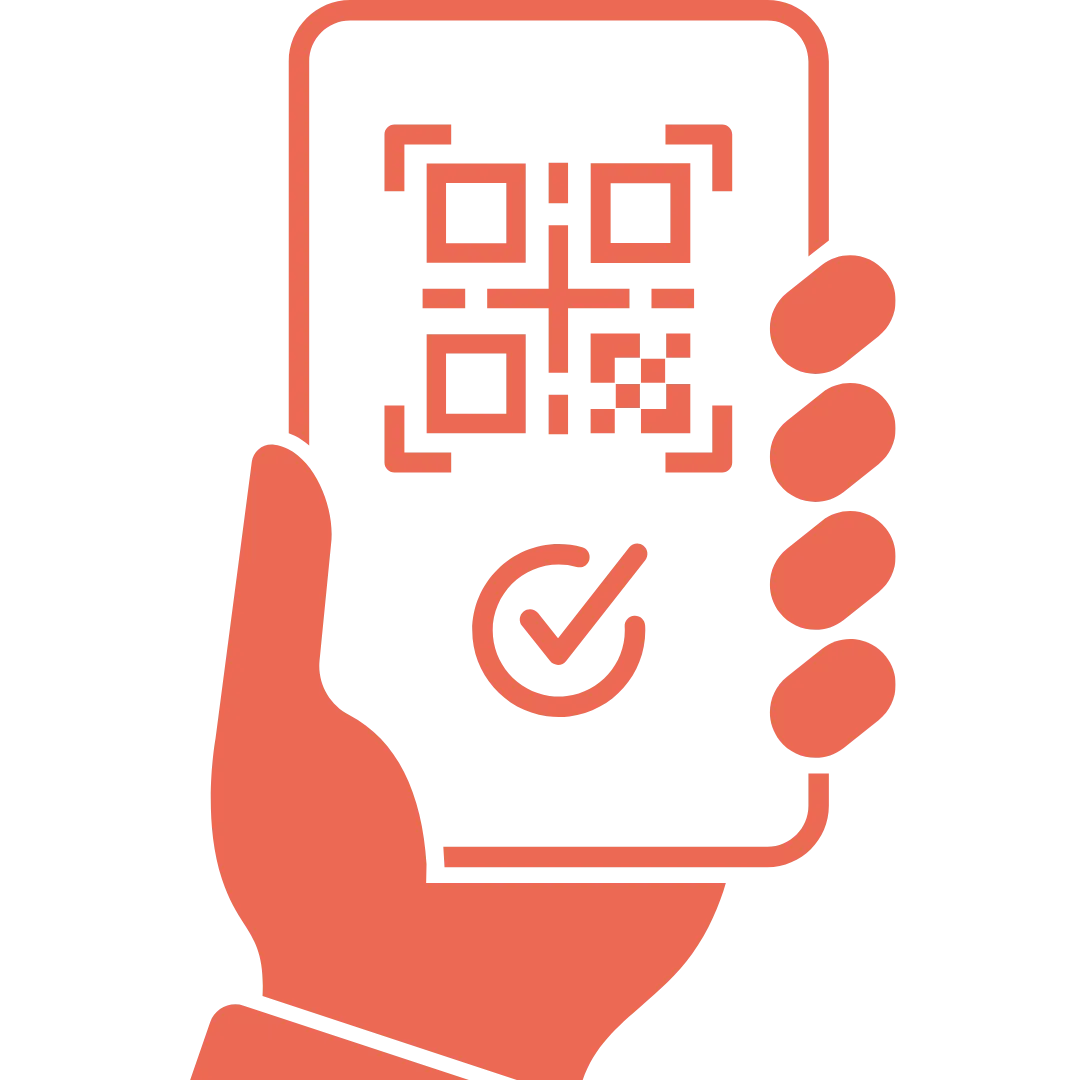








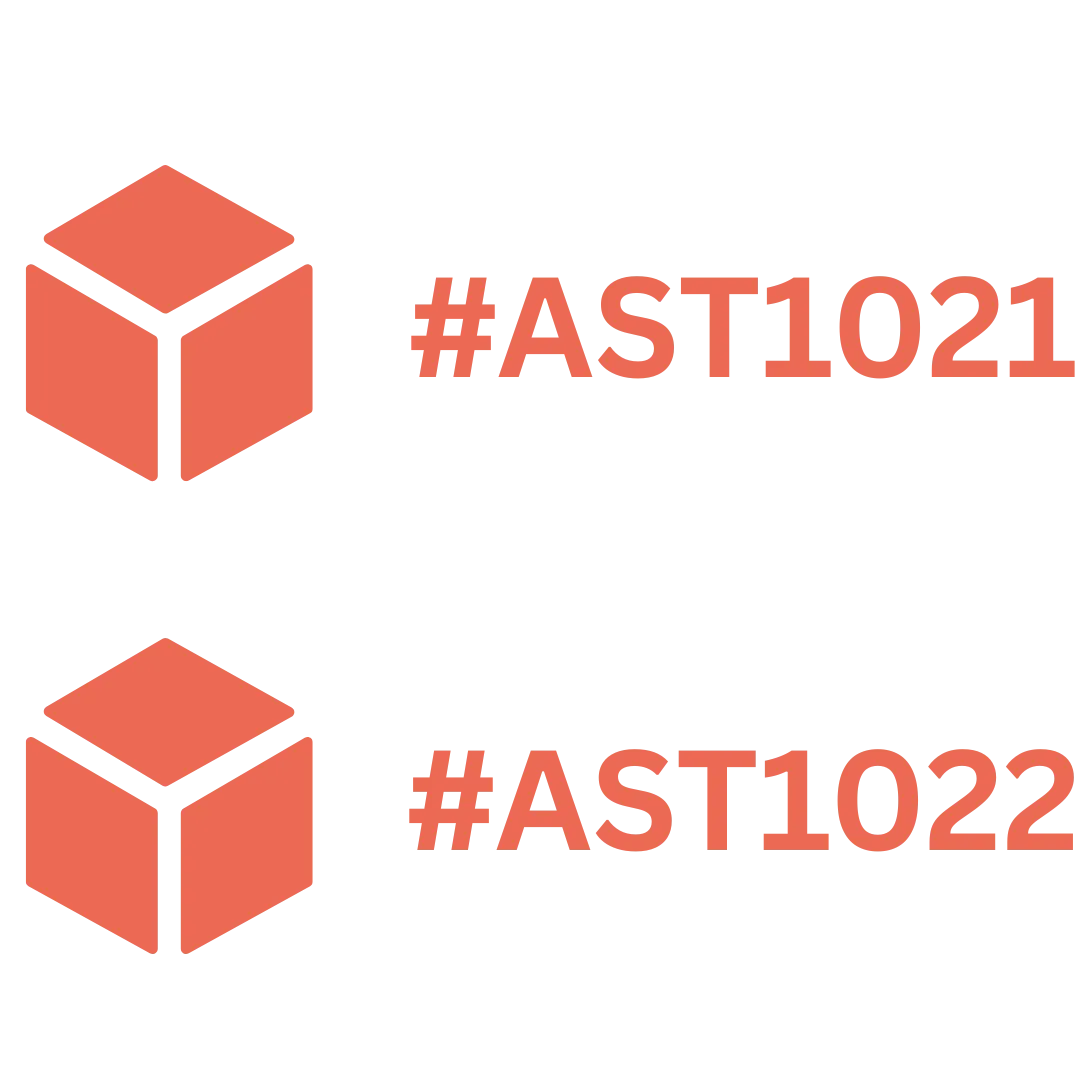





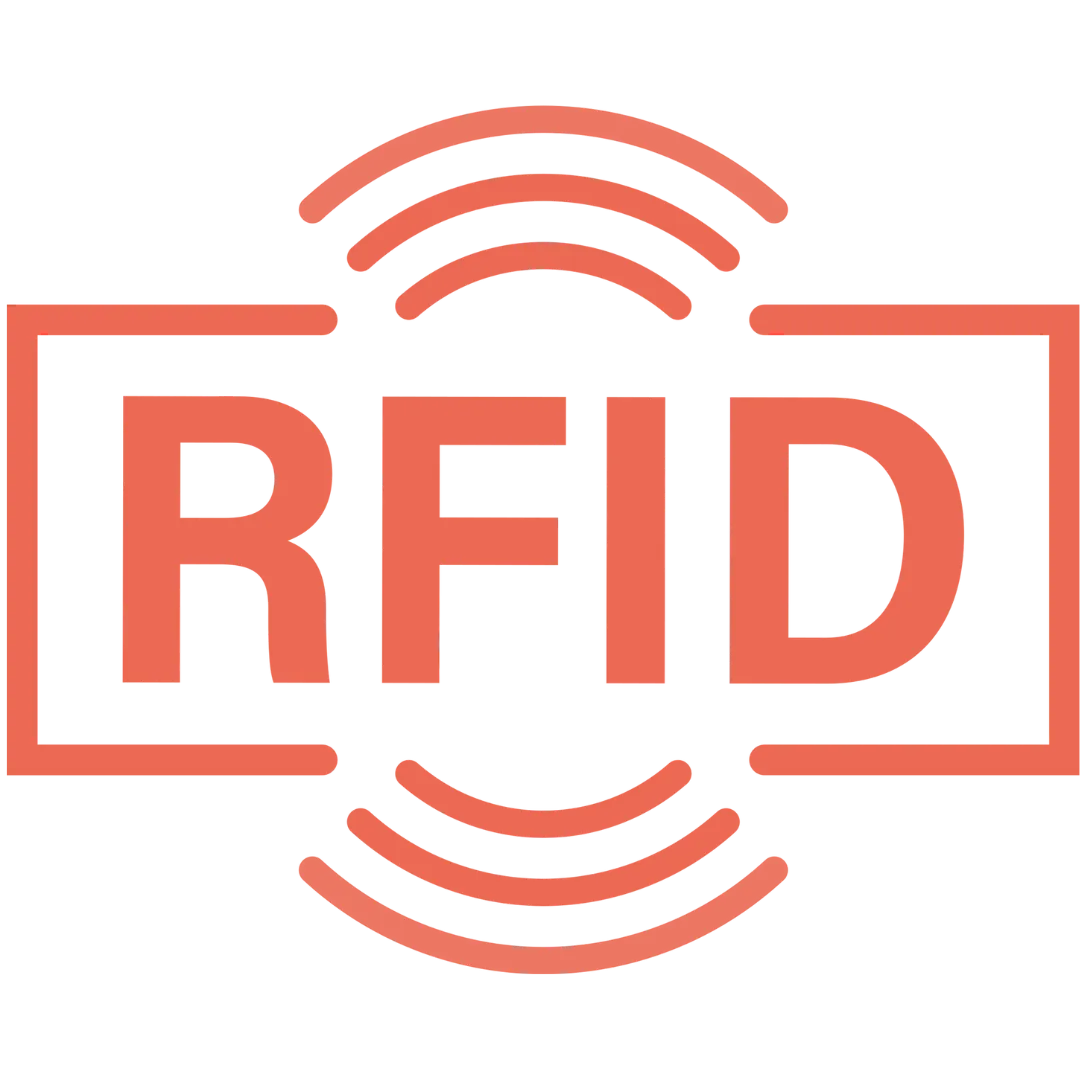

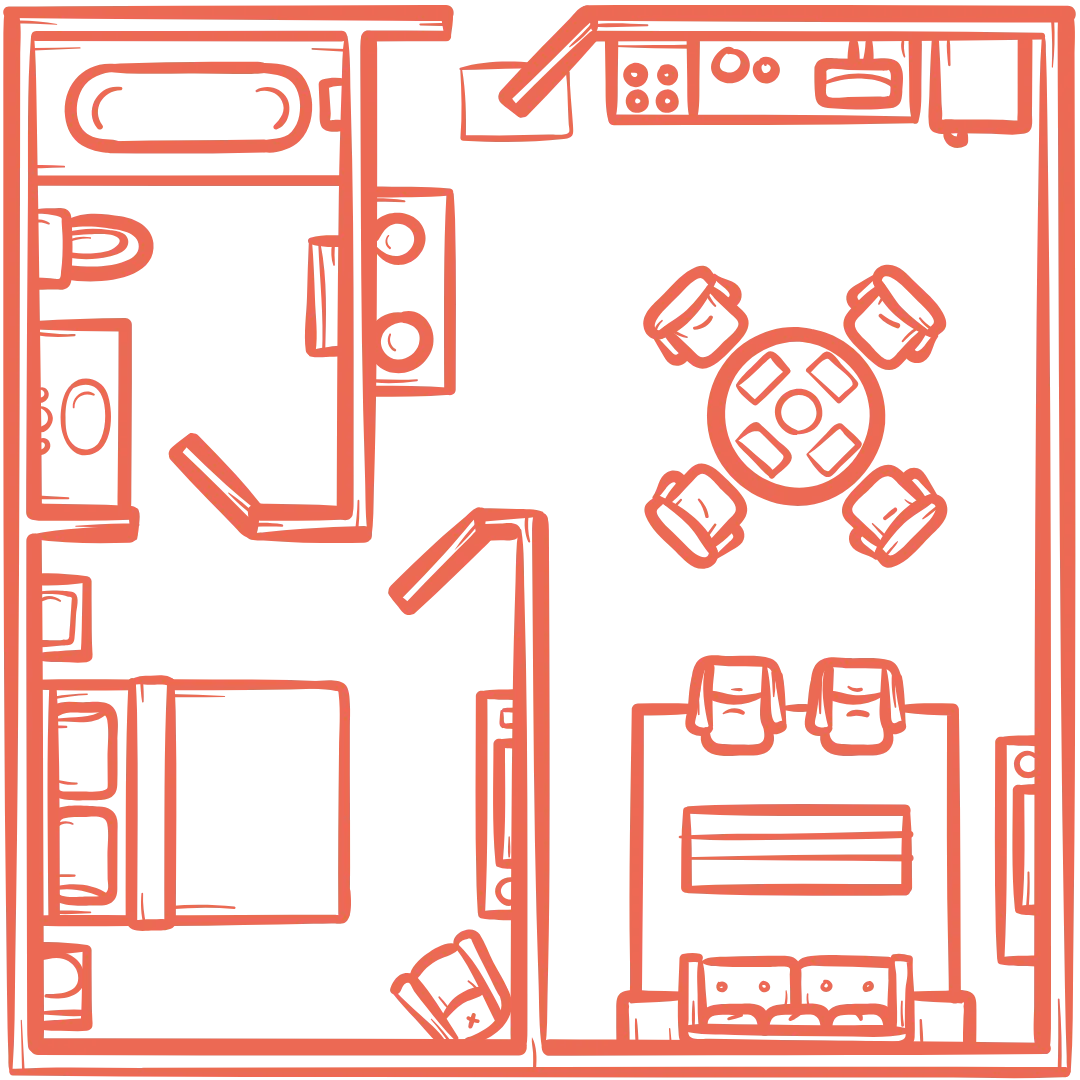




























.webp)
.webp)
.webp)
.webp)
.webp)
.webp)
.webp)
.webp)
.webp)

.svg)




.webp)
.webp)











































.png)
.webp)



















